
Succulent Plants for Indoors: 30 Best Varieties for Your Home
Succulents' popularity has soared in recent years, and for good cause. Indoor succulent plants are currently quite popular in interior design and home decor! It is because succulents require very little upkeep and are a plant kind that is difficult to kill, even for people who can't seem to keep a plant alive. Succulents keep a room fresh and increase the style factor in a house or office.
Succulent plants are highly appealing and do not need much water daily. They also adapt well to the Indian environment. They form the ideal indoor plants for your house and may be exhibited in the living room or on the study table in the library. There are hundreds of distinctive types to pick from, and practically anyone can grow them, even beginners. They can live in settings that are too dry for most other plants because of their unique water-storing tissue, so they will persist even if you neglect to water them for a long. Succulents also thrive in dry air and mild temperatures, which are features found in most homes, so you don't need to do anything special to grow a succulent in your living room. Succulents are used in workplaces and other commercial settings to give them a fresh, green vibe.
What are succulent plants?
Plants that are succulents tend to be fleshy and bulbous. The roots are close to the soil's surface, and the leaves are either spherical or cylindrical. Many people think that because plants are now so closely associated with interior design and decor, they only understand the meaning of succulent plants in that context. The top indoor succulent plants available in India are among those we've selected.
This list of indoor succulent plants is for you if you want to go green and are seeking options for your house.
1. Jade Plant
The botanical name of this beautiful gem is Crassula Ovata. The jade plant is a traditional favourite: it grows efficiently! When cultivated in full sunlight, this hardy native of South Africa develops stocky stems with thick, glossy green leaves that occasionally have a reddish tinge around the edges. Some cultivars have unusually shaped leaves, such as the cultivar "Gollum," whose leaves resemble green monster fingers. Jade plants can eventually reach heights of several feet. Planting them in a sturdier pot, like terra cotta, is a good idea because they can become a little top-heavy. The Jade plant may be cared for like a house plant and is perfect for living and dining room decor.
You may look at: The Crassula Collection: A Guide To Types, Sub-Varieties, & How To Care for more information.
2. Zebra Haworthia
A lovely indoor succulent is the Haworthia attenuates, also called the Zebra Haworthia. This tiny succulent spreads beautiful yellow flowers and develops to a height of 2 to 8 inches. The stunning stripes and spiky foliage of the zebra haworthia (Haworthia fasciata) may give it the appearance of a rare, exotic plant.
3. Hens and Chick
Another fantastic succulent plant family for indoor gardening is the Hens-and-Chick family. These plants grow in flat, rounded-edged rosettes that resemble flowers. Even seasoned gardeners find it challenging to manage rose plants, but this succulent plant looks excellent indoors. These two succulents are particularly enjoyable to gather because they come in many varieties and offer unique colours.

4. Burro's tail
Burro's tail is a native of Mexico, and because of its thick trailing branches, it grows best in hanging baskets. Its gorgeous grey-blue or grey-green leaves can get as long as two feet. The optimum location for this plant is where it will receive direct sunlight.
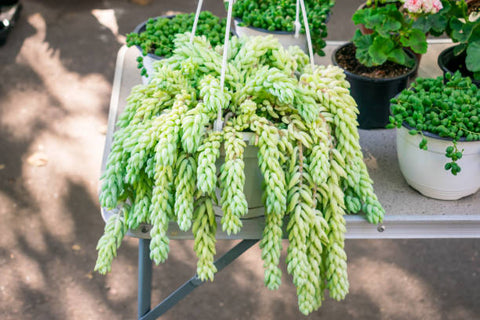
5. Stone Crop (Sedum)
Sedum is its scientific name, and it has attractive leaves that develop into blooms with five petals. This creeping plant thrives when given some guidance. If you're making a tiny green and artistic place, you may maintain it indoors or on your balcony or terrace. Different flower colours, including pink, white, purple, yellow, and even red, are grown in the Stone Crop. You can choose from a large variety as a result.
6. Hoya
The Valentine plant, also known as the sweetheart wax plant or the sweetheart hoya plant, gets its name from its thick, succulent, heart-shaped leaves. Hoya kerrii is the most affectionate houseplant and has been an indoor gardener's go-to plant for Valentine's Day for years! Additionally, it's so simple to maintain that you don't need to have a green thumb. This gorgeous succulent plant will garner a lot of admiration if you place it indoors in your living area or entryway, especially when it is in full bloom.
7. Moon Cactus
This plant is a hybrid of two indoor succulent plant types. The succulents' vivid flowers are attached. The flowers' ability to grow depends on the green cactus plant they were attached to. The plant is perfect for houses and urban areas because it needs little sunshine. The plant will flourish under your care if you water it every 15 to 20 days.
8. Crown of Thorns
Euphorbia Milii is its scientific name, and it produces vivid red flowers with yellow accents in the centres. The succulent's name comes from the many thorns that cover its entire shape. This plant needs a lot of sunlight and requires very little upkeep. You should add it to your windowsill.
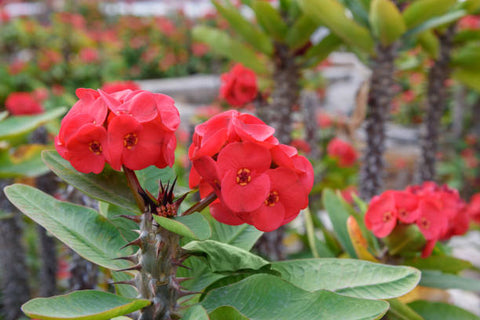
9. Panda Plant (Kalanchoe tomentosa)
Although there are many varieties of Kalanchoe plants, the panda plant (Kalanchoe tomentosa) is easily recognised. Panda plants are endemic to Madagascar and have fuzzy, grey-green leaves topped with brown or rust-coloured dots and covered in silky, silvery hairs.
10. Graptoveria 'Bashful' Succulent Plant
You must get Graptoveria "Bashful" if you find succulents charming. This low-maintenance, easy-to-grow rosette design mimics the appearance of a flower with its shape and colour. In warmer climates, succulents make excellent indoor or patio plants. This succulent will add unflinching beauty to any container arrangement.
11. African Milk Tree (Euphorbia trigona)
The African milk tree is one example that disproves the myth that succulents can't grow conventional leaves. In its native environment of Central Africa, the plant grows swiftly and reproduces well outside, but it also makes a great houseplant. It is unlike many other low-growing succulents in that it may reach heights up to 4 feet indoors.
12. Portulaca molokiniensis
Native to the Molokini Islands, off the coast of Hawaii, Portulaca molokiniensis is a lovely and peculiar plant. It is also known as the petal leaf succulent. The distinctive feature of this plant is its thick, rosette-shaped leaves, which resemble petals. The plant has little yellow leaves and a typical teardrop shape with columns.
13. Christmas Cactus
Christmas cacti are well-liked as gifts throughout the holiday season, and you can quickly multiply them by cutting off a bit of the stem's tip. It requires no complicated maintenance and is simple to look after.
14. Peperomia Rubella Small Succulent Plant
Peperomia Rubella Small Succulent Plant is a low-maintenance houseplant with thick, fleshy leaves that retain moisture well. It flourishes in areas without direct sunlight or naturally lit, bright spaces.
It is a common choice for a houseplant because it is also an air cleaner. Peperomia leaves come in varying patterns, hues, and textures, including red, green, grey, marble-textured, plain, heart-shaped, small, and huge.
15. ZZ Plant
Zamioculcas zamiifolia, sometimes known as ZZ, is a plant native to Eastern Africa. The glossy, dark green leaves that make this plant stand out to add to its attractive appeal. The slick leaves reflect sunlight, brightening any interior space.
This plant requires very little care and can thrive in low-light conditions. It can reach a height of two to three feet and also serves as an air purifier, making it a valuable addition to any home or business.
16. Echeveria
Another low-maintenance succulent is the echeveria, which grows best in basic environments with little water. These plants have thick, waxy leaves and grow slowly. Echeveria needs a hot, dry climate with well-drained soil.
17. Bunny Ear Cactus
The bunny ear cactus, or Opuntia microdasys, receives its common name from its two identical ear-shaped pads grow.
Combining white fluorescent light with natural light can keep your bunny ears healthy and happy. Because of the spiky bristles that cover its pads, it's vital to use caution when handling or repotting it, as with all cacti.
18. String-of-Hearts
Beautiful trailing succulents with heart-shaped leaves are called "string-of-hearts" plants. These perennial plants, indigenous to South Africa, prefer bright, indirect light and thrive in mildly warm situations. They grow from stem cuttings and look stunning in wall planters or hanging baskets.
To maintain the health of your string of hearts plant, allow enough air circulation around it and stay out of direct sunlight, which could damage its delicate foliage. Use a potting soil blend with appropriate water-retaining ability to ensure the roots have enough hydration.
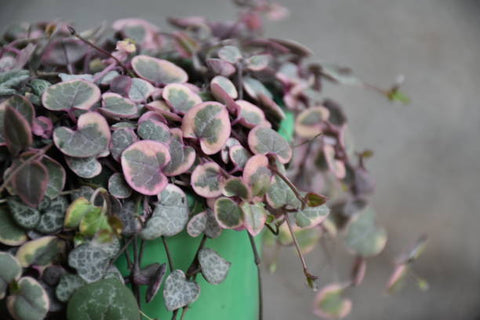
19. Ox Tongue (Gasteria spp.)
Southern Africa is home to the Gasteria genus, which includes ox tongue plants. Their thick, fleshy leaves, which mimic the form and texture of a cow's tongue, give them their name. Due to their low maintenance requirements and gorgeous leaves, these succulent plants are ideal for use indoors. Their glossy leaves range in colour from pale green to grey or silver tones, and they frequently have white spots or streaks printed on them.
20. Glasswort
The glasswort can reach heights of 4 to 20 inches and has jointed stems and branches. Pale green to copper-red make up the colour spectrum. Its young shoots can be eaten raw or cooked in salads and stir-fries.
21. Agave Tropicana
The plant has little spines around the margins and tips of its pale green, leathery leaves, which are in the form of a rosette. Its leaves can range in colour from bluish-green to silver-grey. The plant also produces a golden blossom in the rosette's centre.
22. Ponytail Palm
This succulent plant resembles a palm because of its slender, green leaves that like to hang down. It is visually striking, with its curled leaves sprouting from the sturdy, bulbous trunk.

23. Yucca
This perennial succulent can lend a little drama to the interior with its architectural rosette of sword-shaped leaves. From the centre of its rosette, white to cream flowers appear.
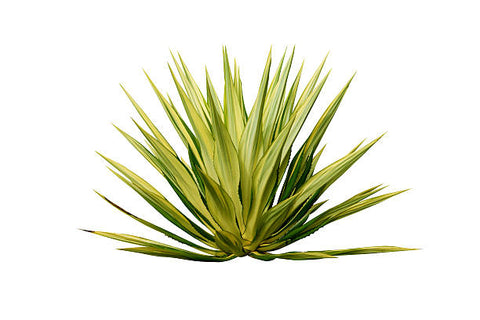
24. Aloe Vera
As a result of its therapeutic and restorative qualities, aloe vera is one of the most widely grown plants. The sap from aloe plants, which is thick, meaty, and green, is used in numerous pharmaceutical and cosmetic products.
25. Pencil cactus
The pencil cactus has recently gained popularity as one of the most common succulent houseplants, and it's easy to see why: this unusual African plant can grow up to 6 feet tall indoors and has a striking appearance that sets it apart from other houseplants like fiddle leaf fig.
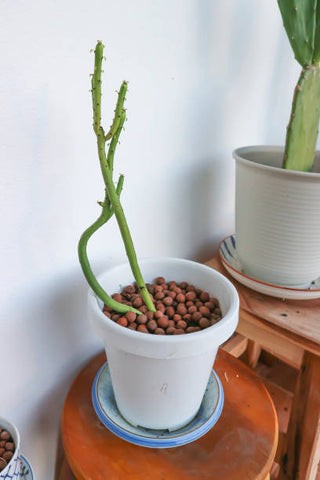
26. Pinwheel Desert Rose
This perennial succulent, also known as Black Rose Tree Houseleek, displays fleshy rosette in a solid colour or variegated in green, yellow, white, or red.

27. Cotyledon Tomentosa Bear Paw
The bear paw succulent is a perfect option for indoor gardens because of its thick, fluffy leaves and bear-claw-like dark crimson edges.
28. Lithops
Lithops are unusual little, discrete succulent plants that resemble pebbles or stones. Lithops are incredibly simple to grow and don't need much attention.

29. Ball Cactus
It is known for its spherical, ball-like shape, which can quickly reach heights of a few feet when grown in clumps.
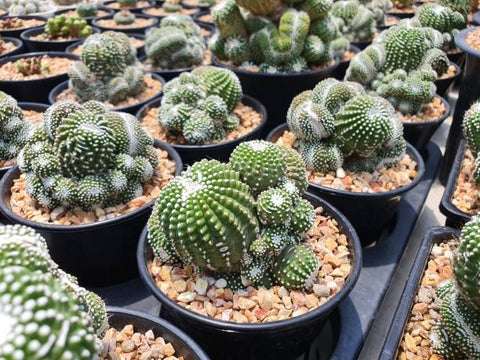
30. String of Dolphins (Senecio peregrinus)
This succulent, a hybrid of the Sencio rowleyanus (a string of pearls) and Senecio articulates (hot dog plant), has won the hearts of everybody. With its leaves, it is renowned for simulating the shape of a dolphin on necklaces (and for trailing as well). Every leaf has a dolphin's body and fins. This plant is ideal for anyone who likes dolphins.
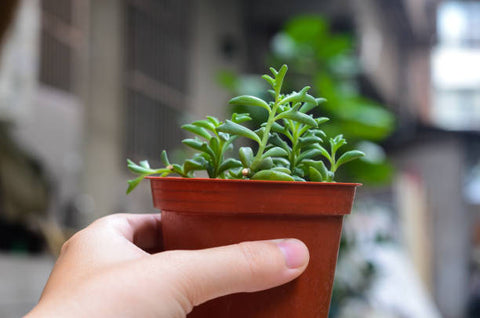
31. Hawthoria truncate
These patterns can develop into something unusual and unique since Hawthoria truncate easily hybridises with other Hawthoria. Some growers even generate leaves with yellow stripes covering their variegated surfaces.

32. Snake Plant
This name is distinctive among succulent plant names. The snake plant is also known as Dracaena trifasciata. Long, tapering green leaves with vivid yellow highlights are present on the plant. It requires little care and may survive for weeks without water, making it the perfect indoor plant. This traditional succulent houseplant is known for being (almost) indestructible.
Conclusion
Indoor succulent gardening can give your house a contemporary feel. If you love plants but haven't yet grown succulents indoors, you're missing out. These plants enhance the humidity in your house, provide health advantages, and enhance the aesthetic appeal of a room. We sincerely hope you enjoyed reading about these plants and would think to consider keeping them inside.
Since they require little maintenance, succulents are a fantastic choice for novice gardeners. All the succulents mentioned above, are available at ChhajedGarden to enhance your gardening area. Visit ChhajedGarden to learn more about plants or to purchase any plant for your garden.




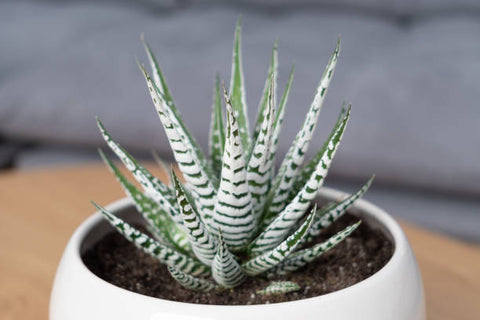
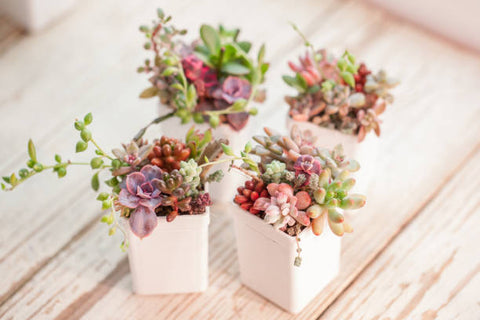
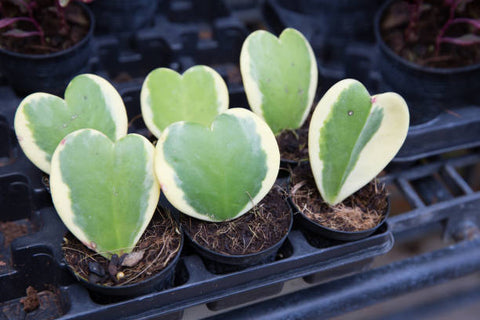

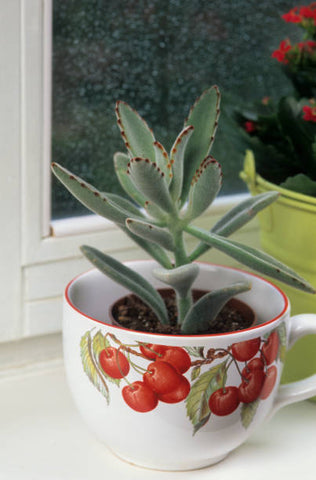



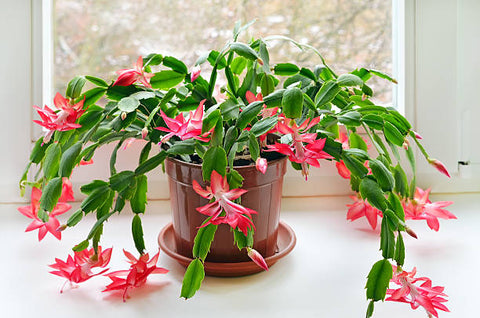
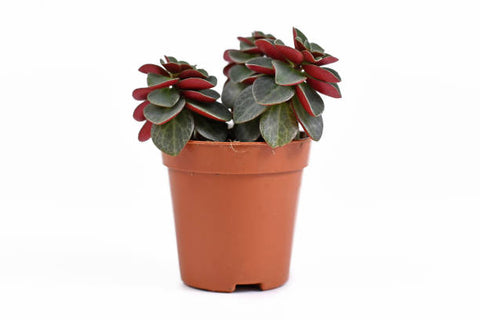



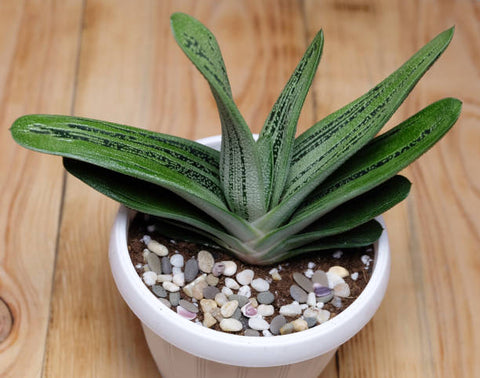


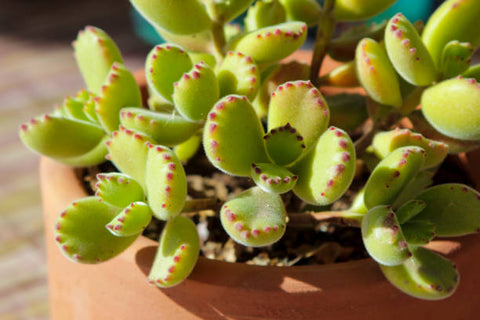
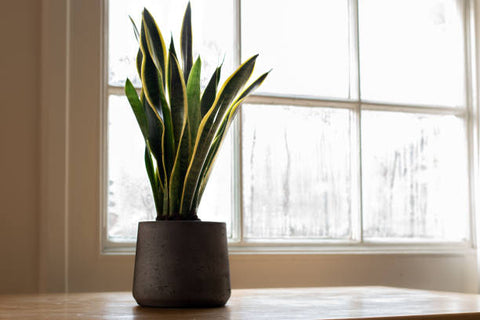
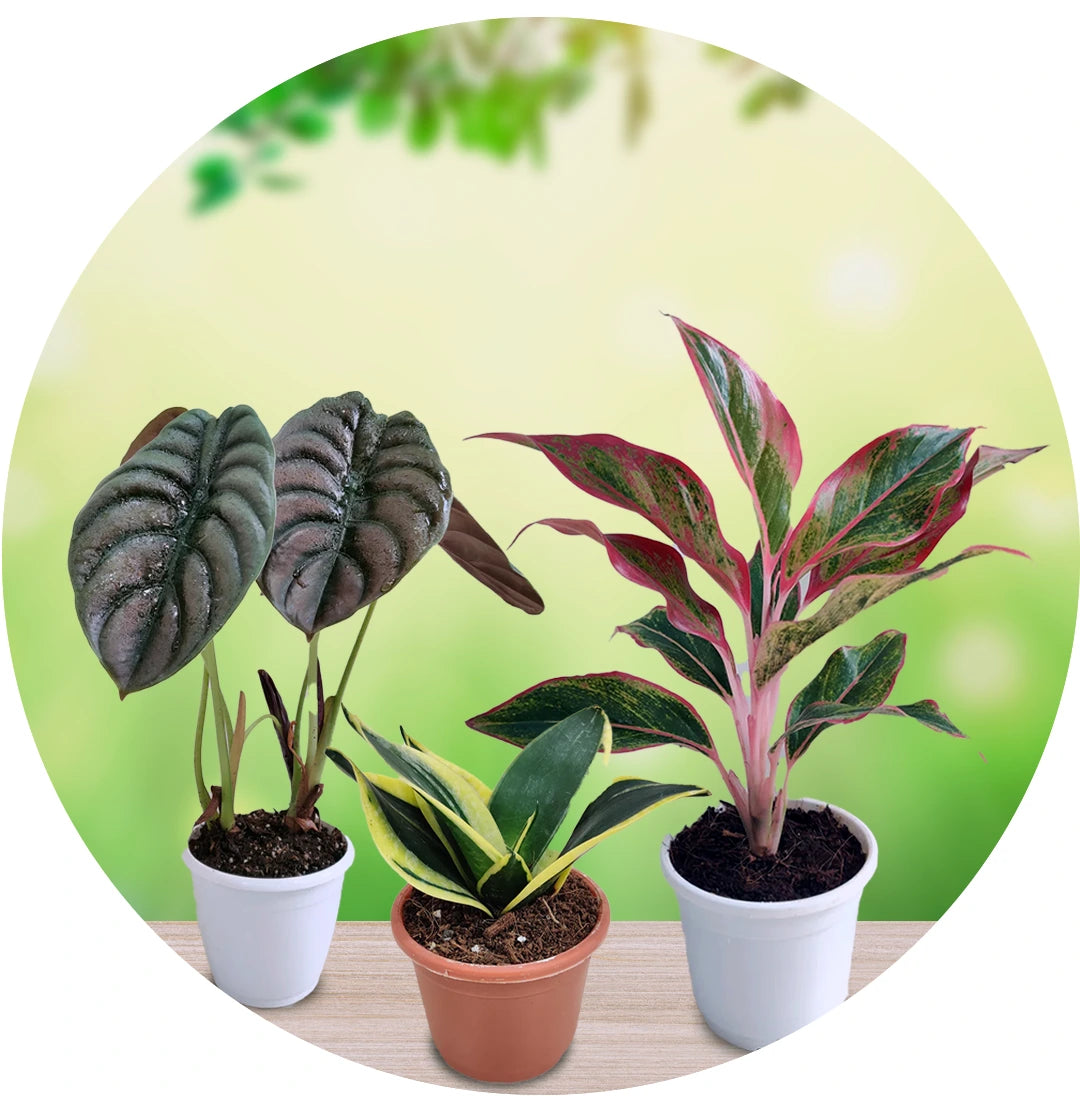
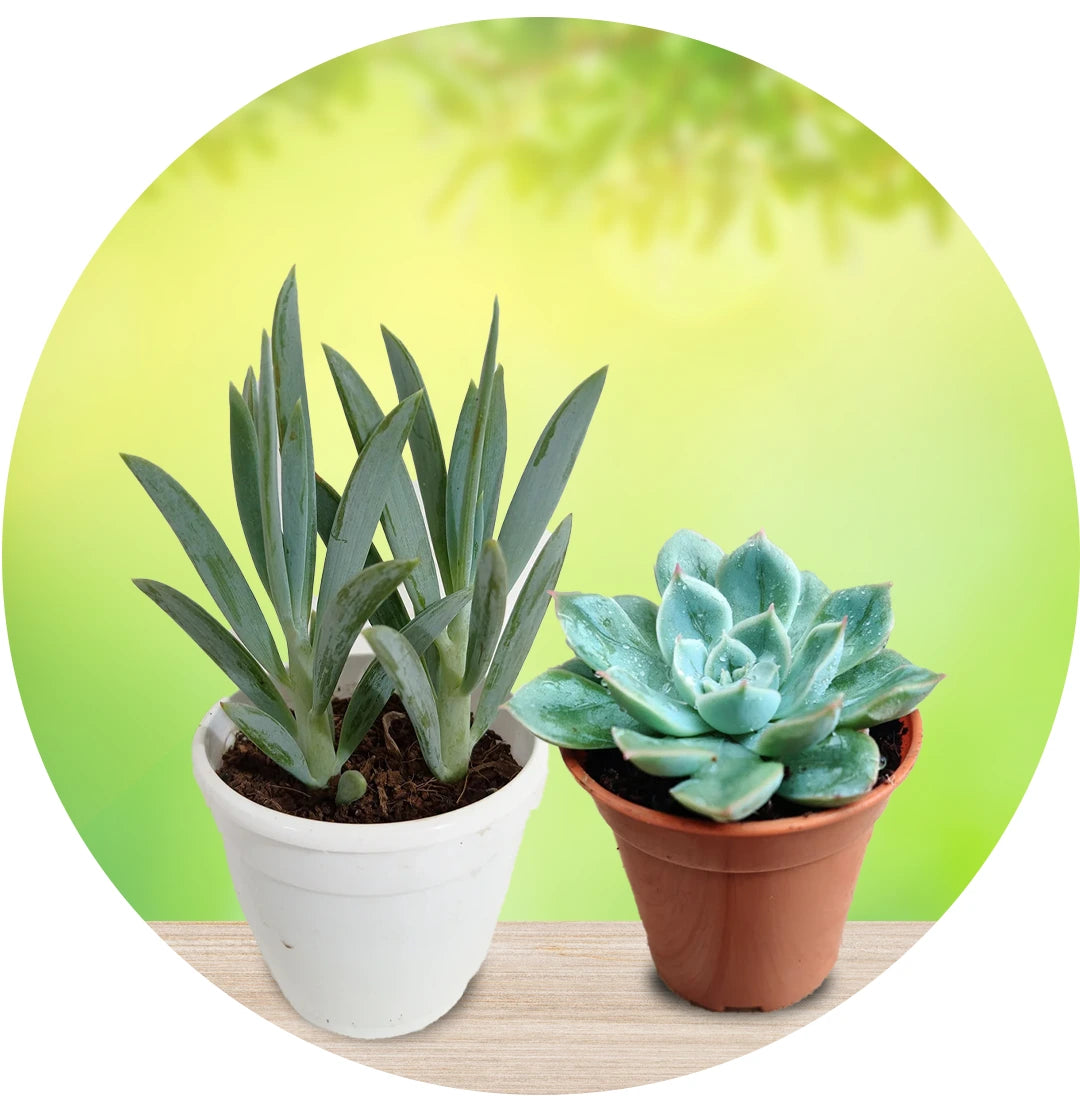
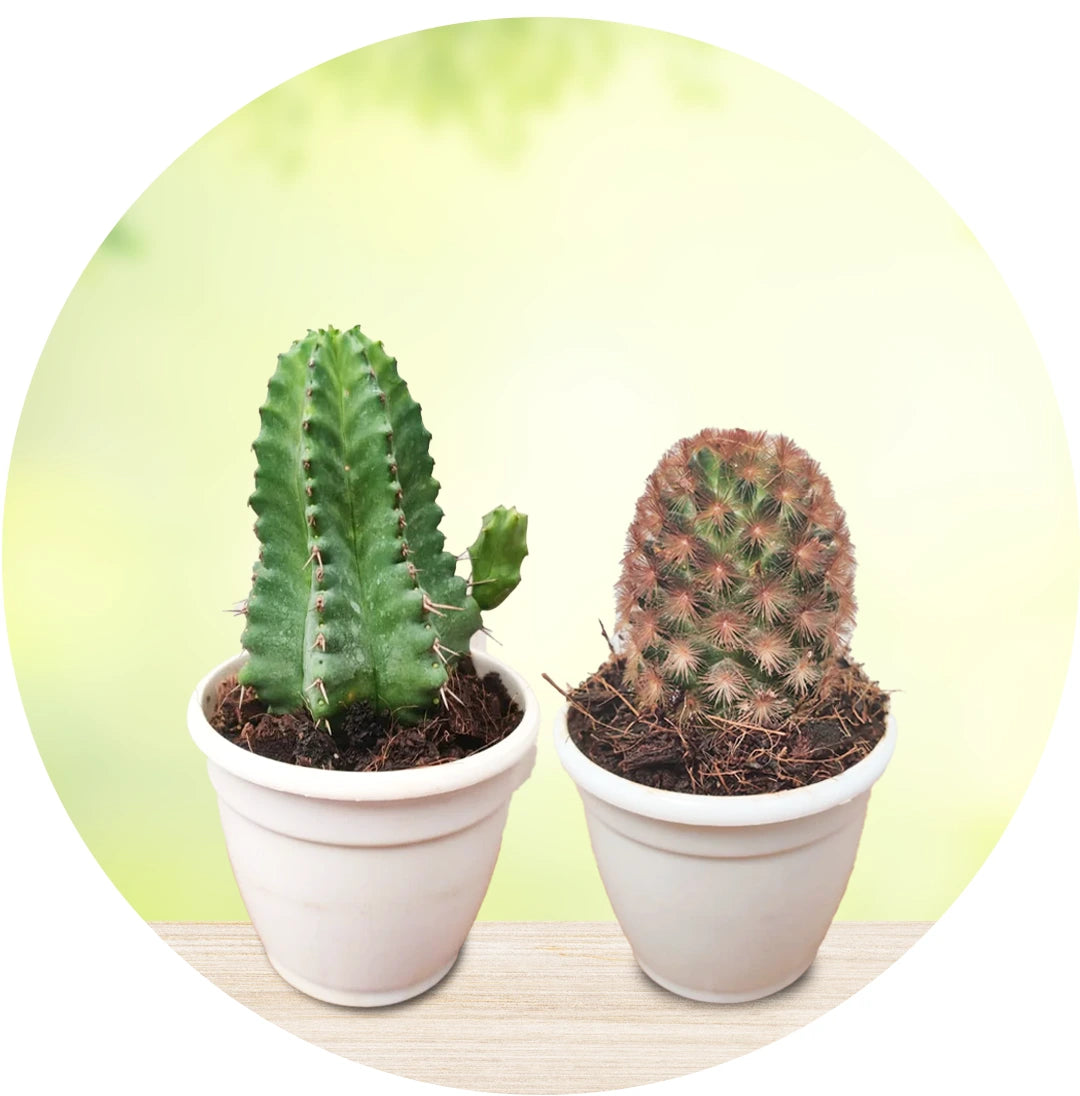
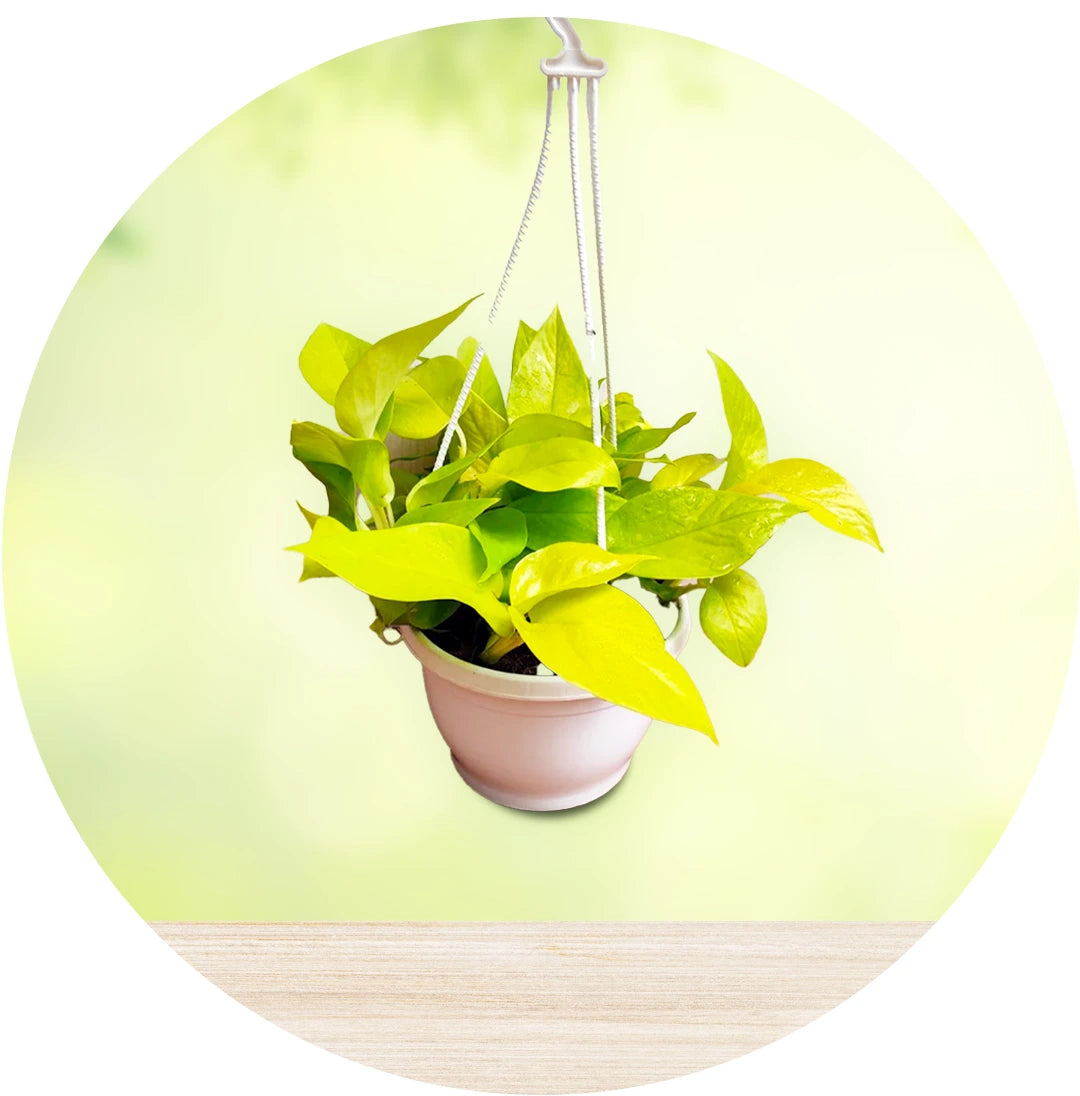
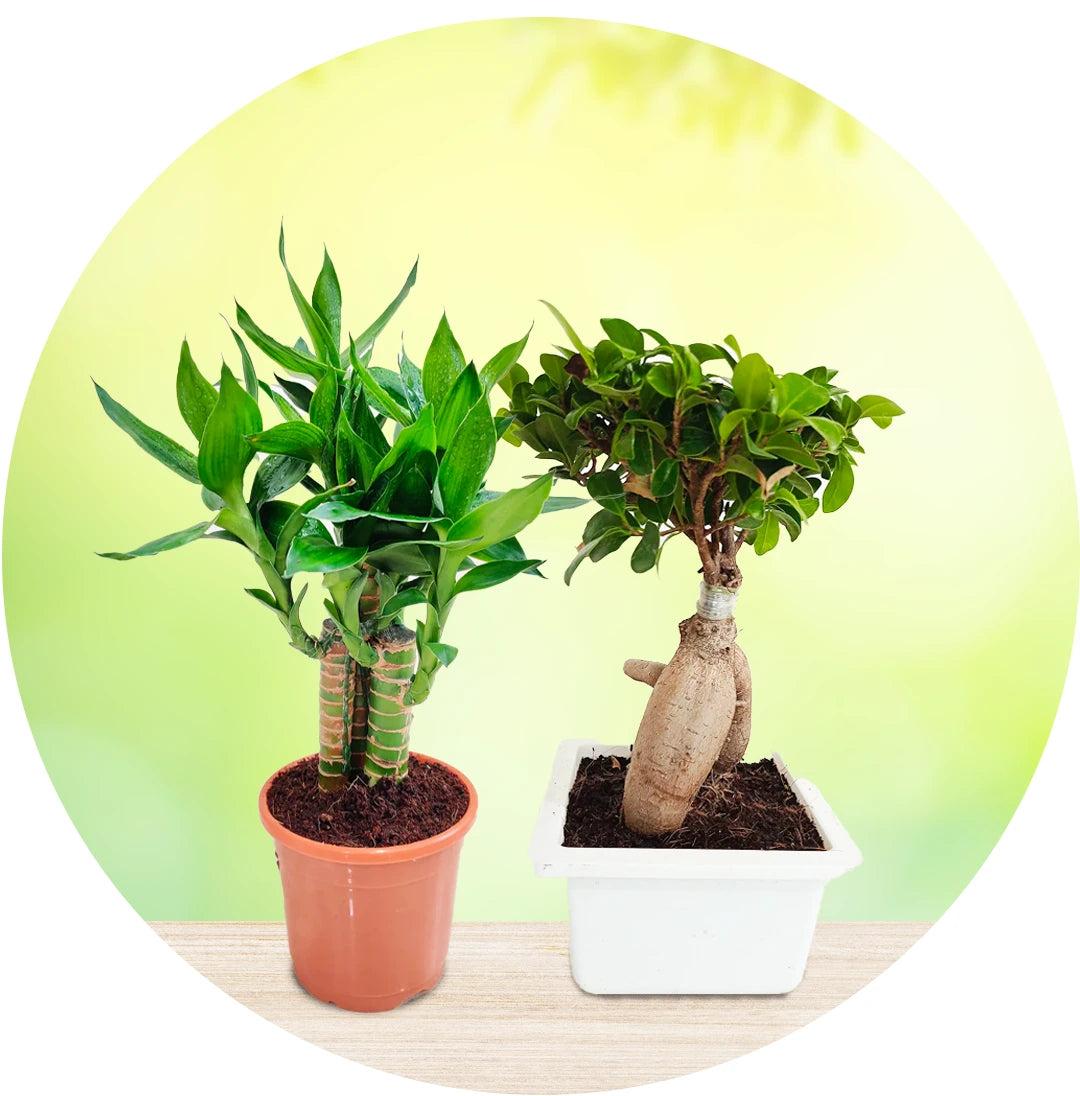
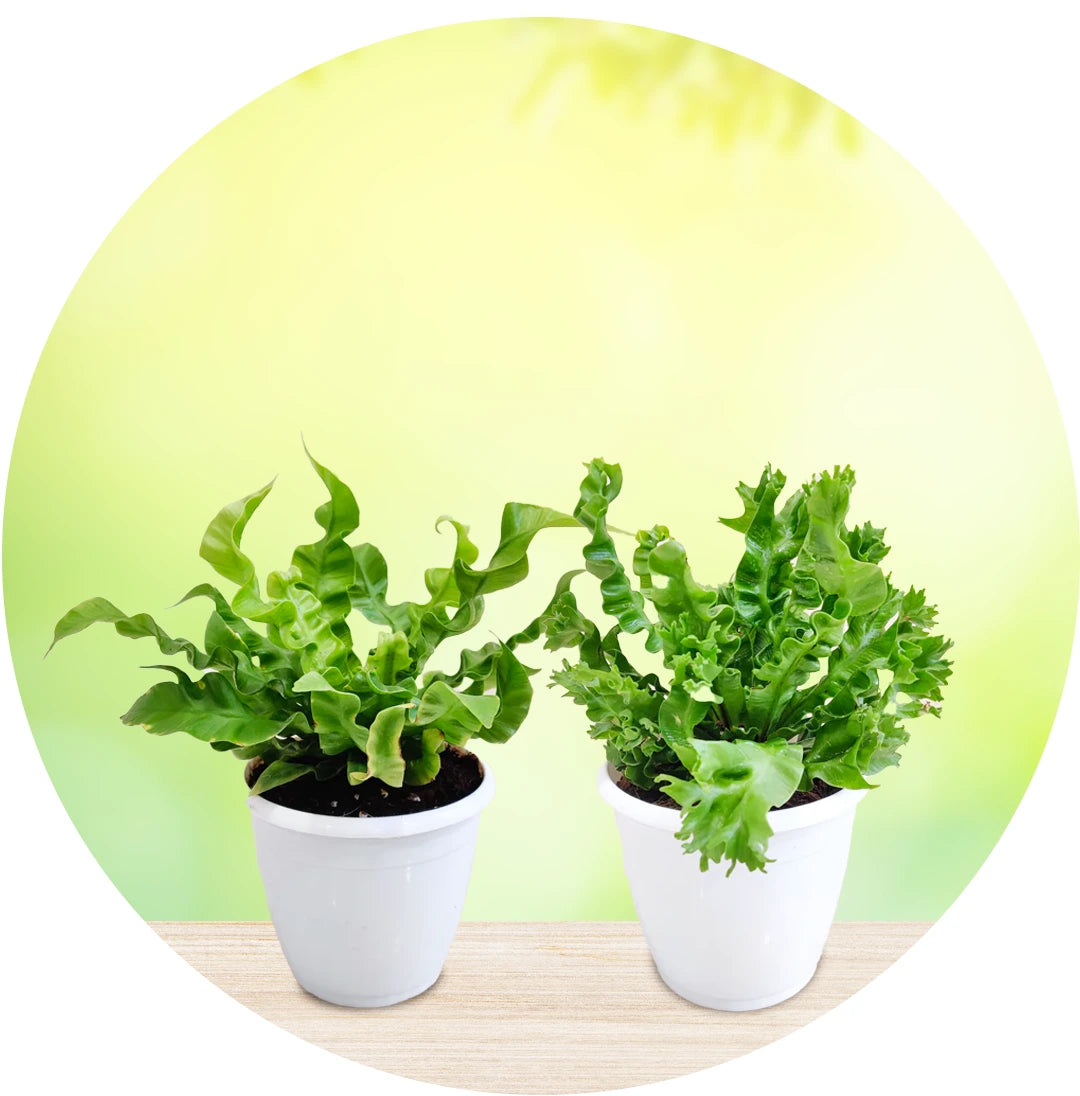
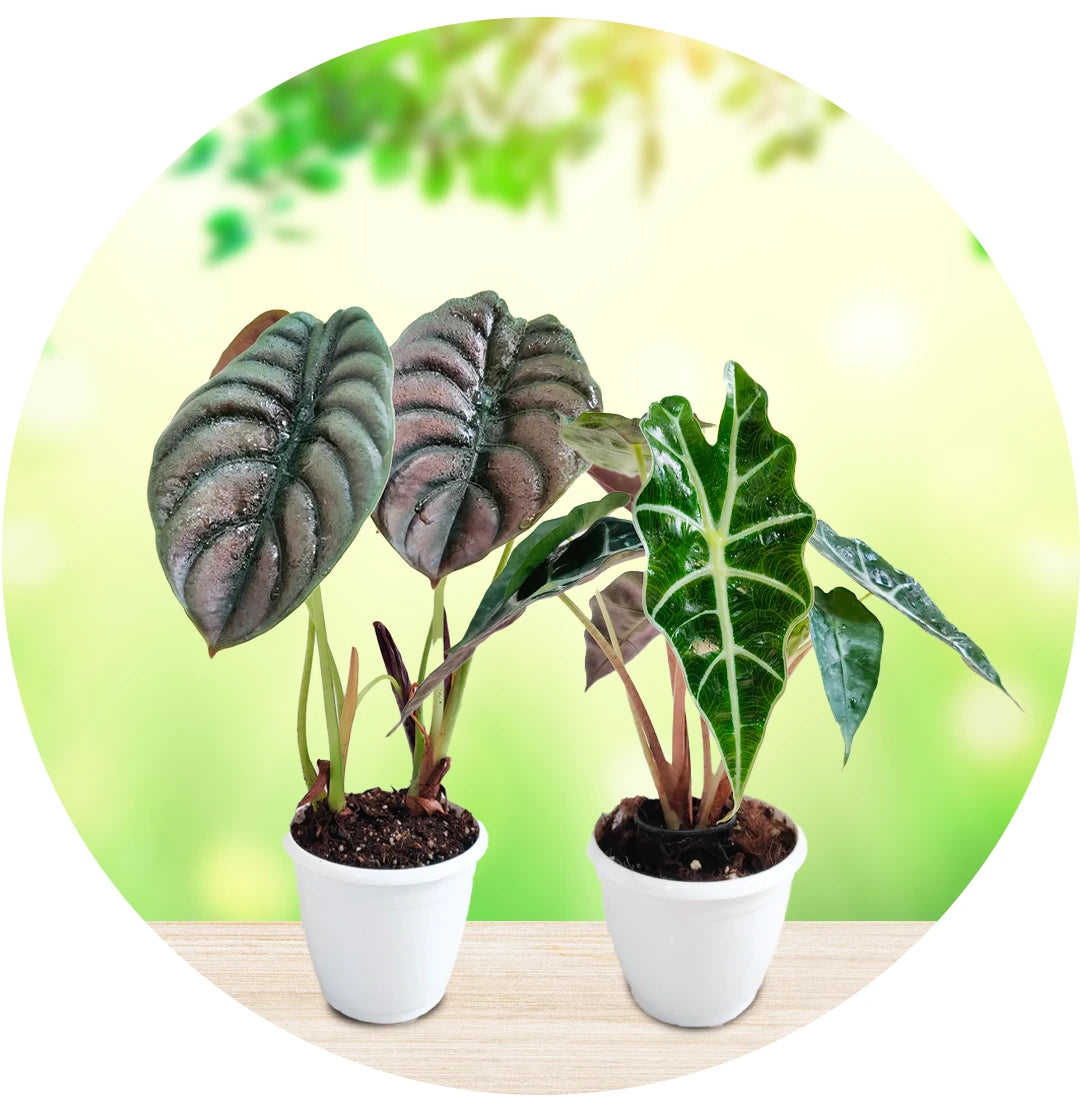
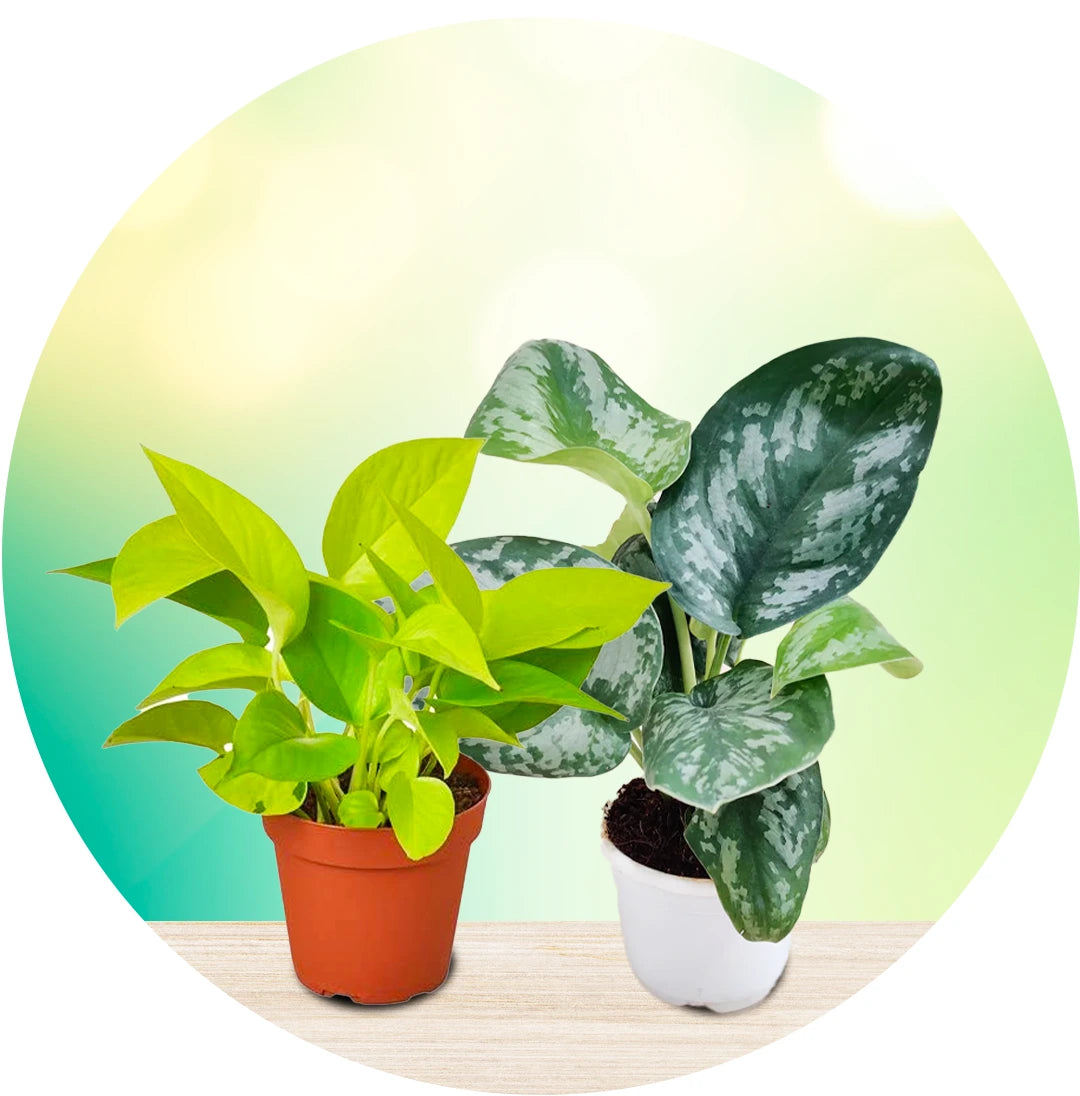
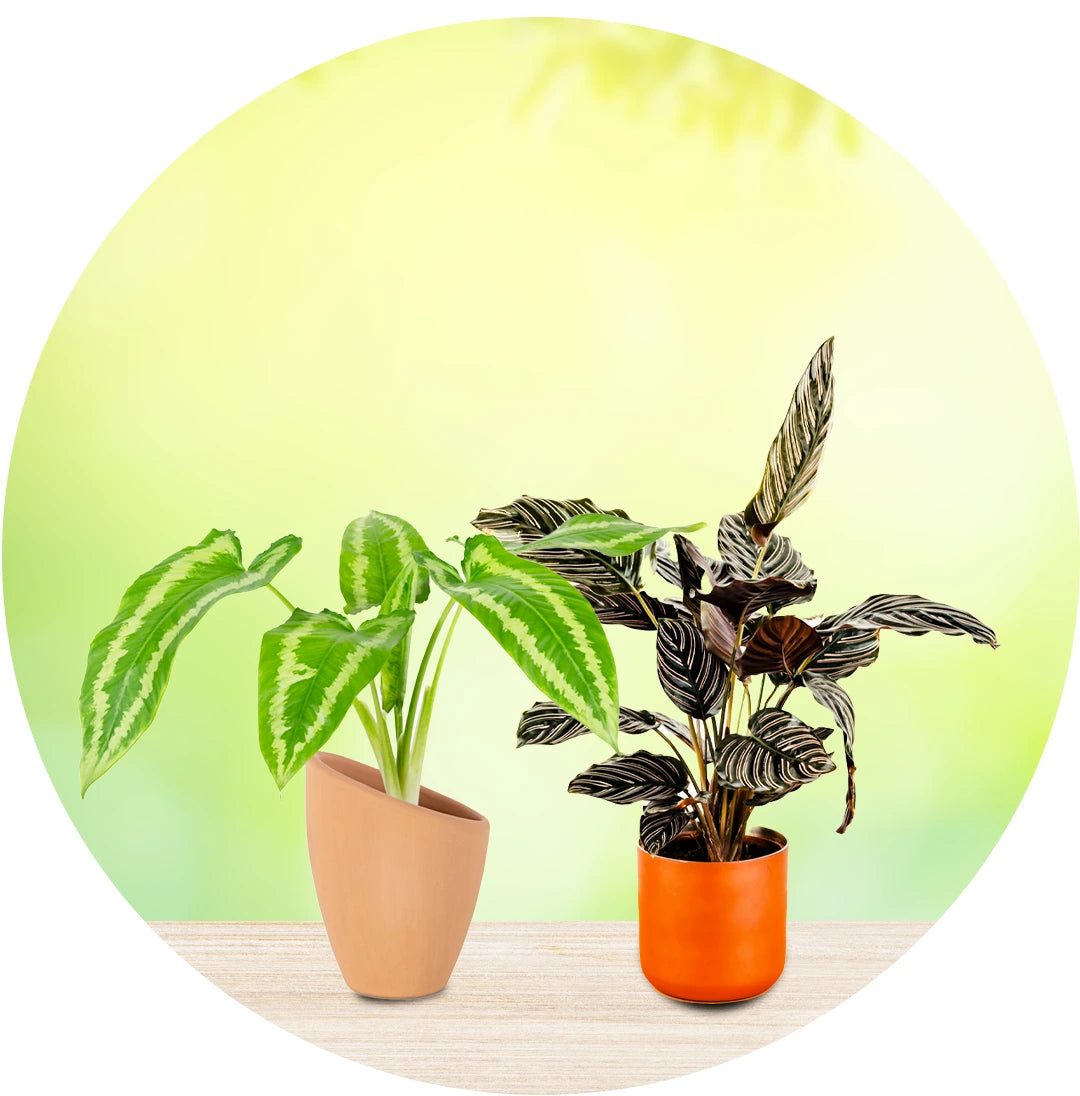
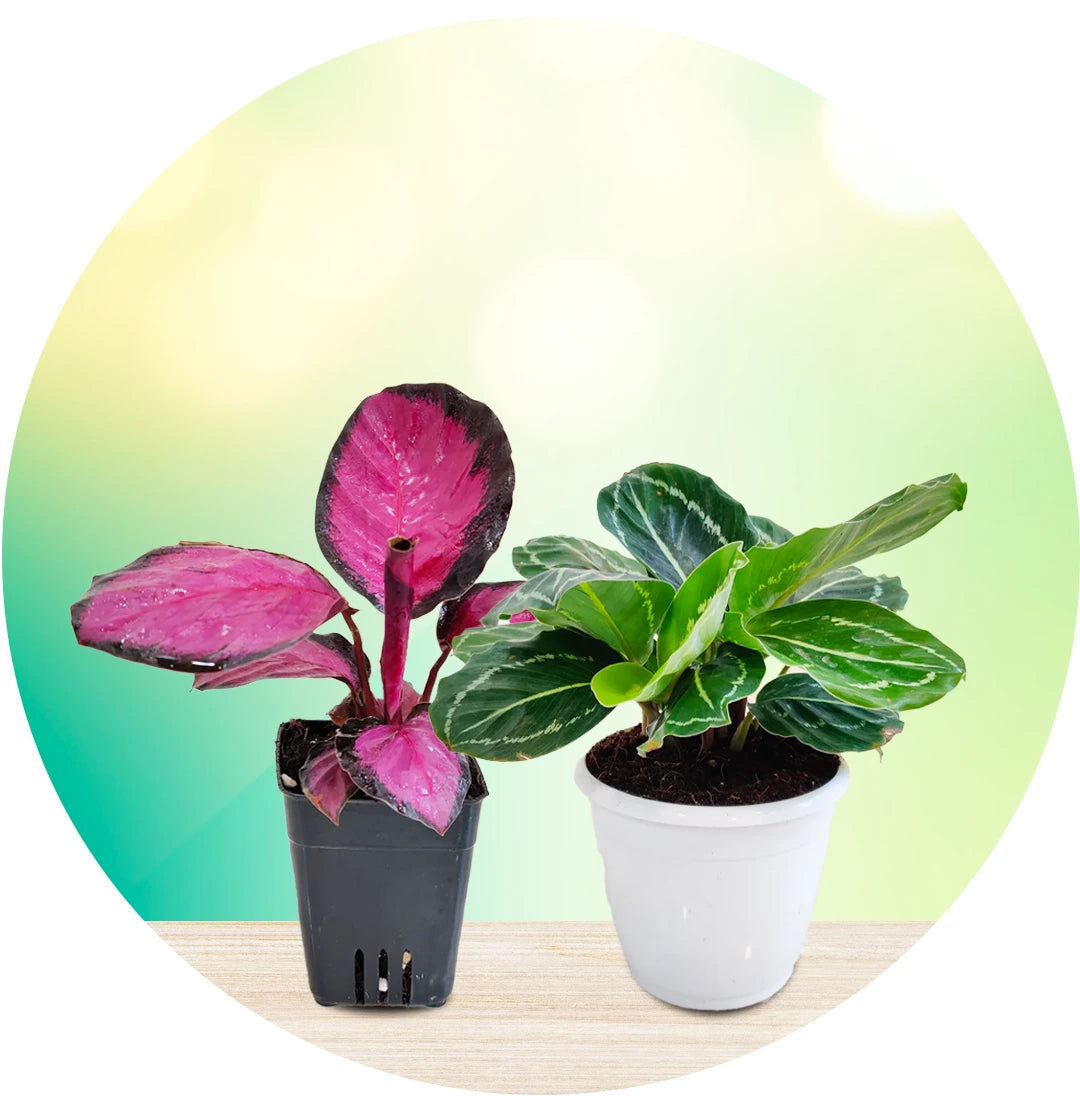
Leave a comment